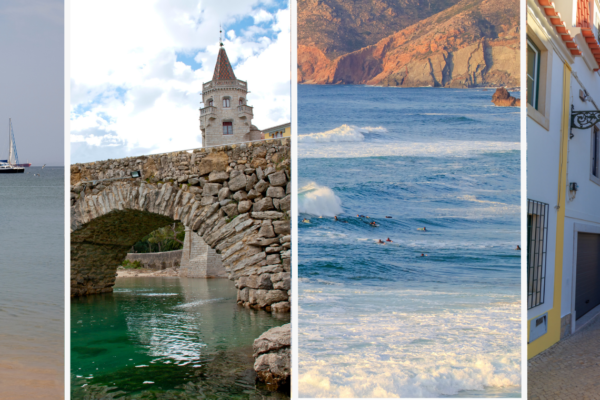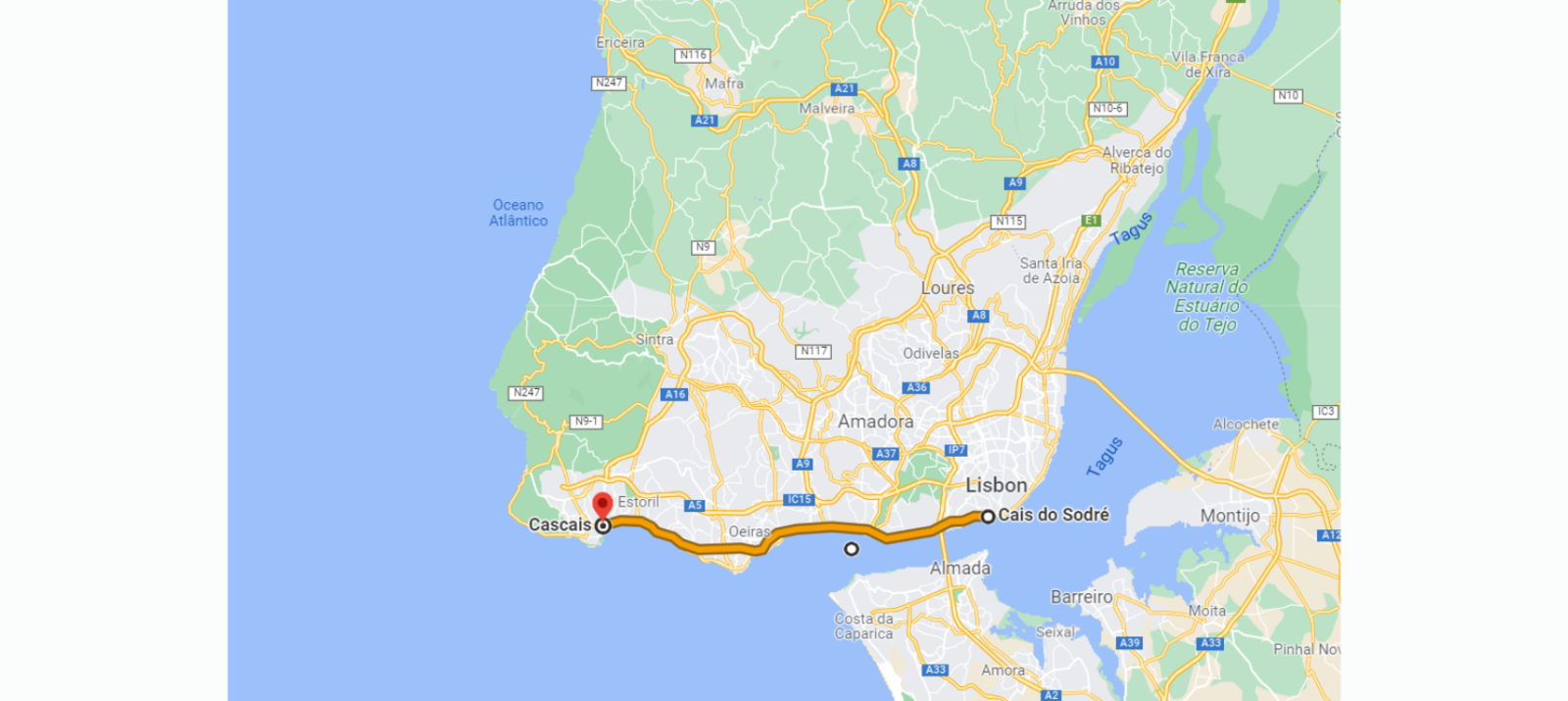Cascais, Portugal: Things to do and see
With its grand buildings, cobbled streets and fishing village charm, Cascais is the pretty port town just a short train ride away from Lisbon where the 44th FIPP World Congress 2022 will take place this coming June. But when you’re not enjoying Congress, what should you do in Cascais?
There is no shortage of great sights and activities to do here, even if you don’t have access to a car.
Historically, Cascais served as a sleepy fishing port, but after becoming fashionable with Portuguese nobility, it is nowadays one of the most sought-after destinations in Portugal – favoured by celebrities like footballers as well as those looking for a calmer retreat that is still within commuting distance of Lisbon. Some even say that this stretch of coast inspired Ian Fleming’s James Bond books.
The Lisbon-Cascais train leaves every 20 minutes from Cais do Sodré station in central Lisbon, curving west along the peninsula in a scenic route that takes about 35 minutes minutes and covers a distance of around 25km to its final destination, making small seaside stops along the way.
Here are some of the best things to do in Cascais, so you can plan ahead before joining us in June. And if you’ve got a bit more time, we’ll soon be publishing our round-up of the best day trips from Cascais – so watch this space.
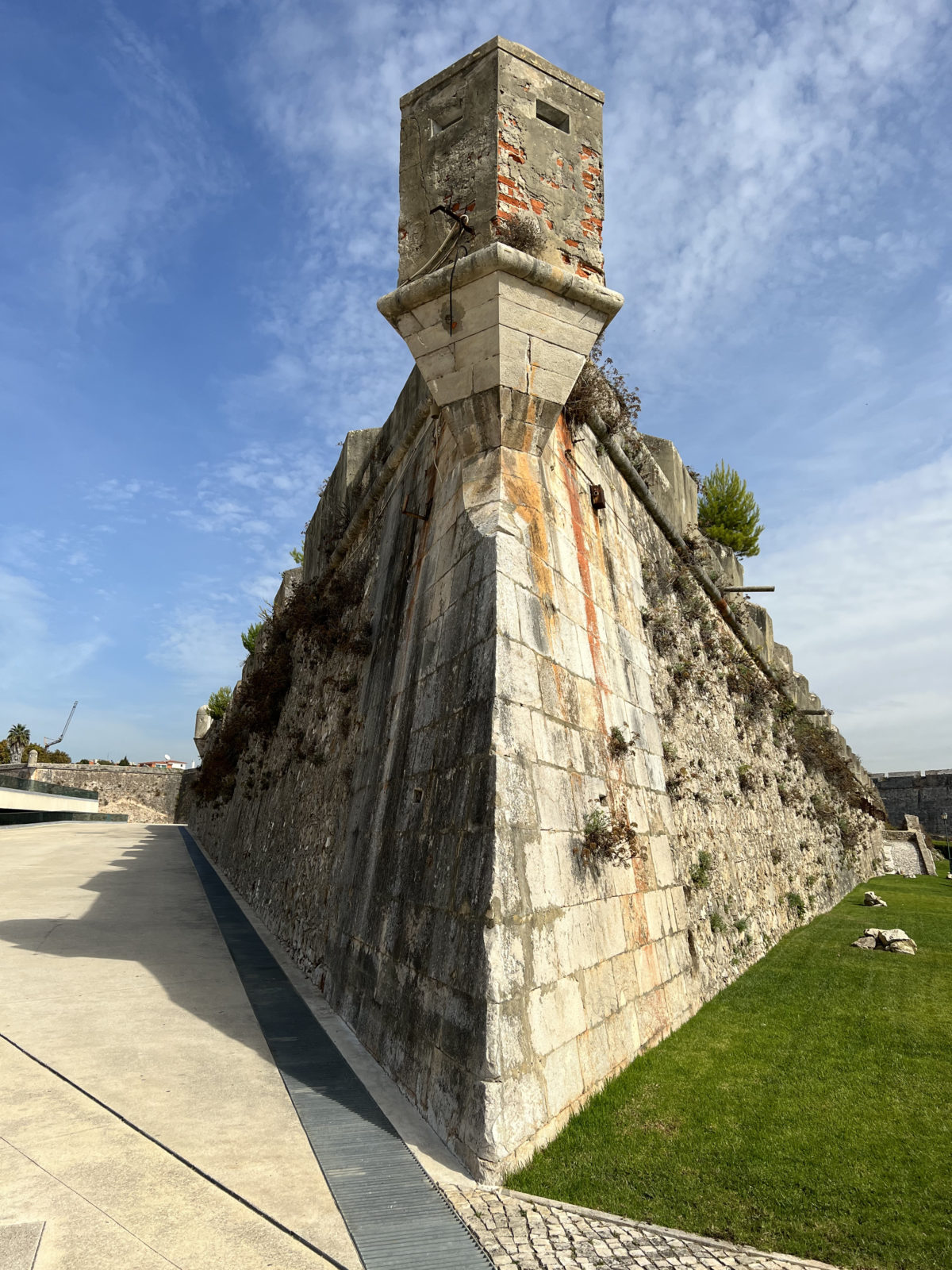
Explore the Cascais Citadel
One of the best known landmarks in Cascais, the Citadel is actually a series of fortified walls from the days when Lisbon’s extensive defence system stretched all the way along the River Tagus to the sea. Built between the 15th and 17th centuries, the citadels can be found in three different parts of the town and also house a hotel and Arts Centre (Cidadela Arts District) – which will actually serve as the venue for Congress.
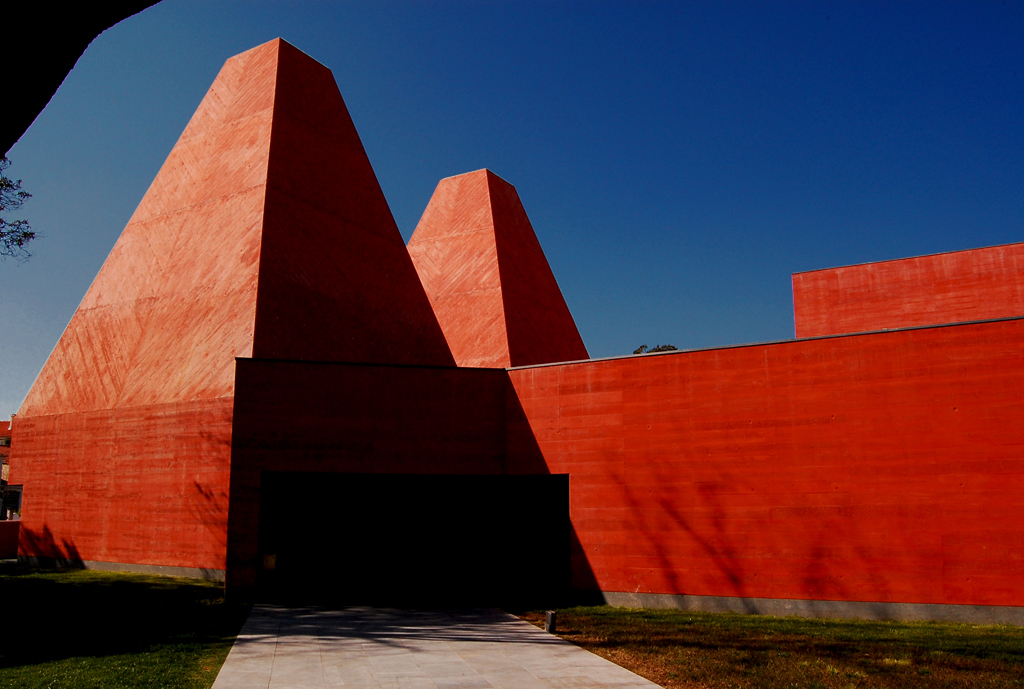
Visit the House of Paula Rego
Situated near to the FIPP Congress venue, the impressive and strange architecture of the Casa das Histórias Paula Rego always turns heads, but the inside is well worth a look too. As well as featuring a large collection of colourful, folk-inspired, feminist works by the Turner Prize-winning visual artist after whom it is named, the Museum offers periodical exhibitions on a range of other themes.
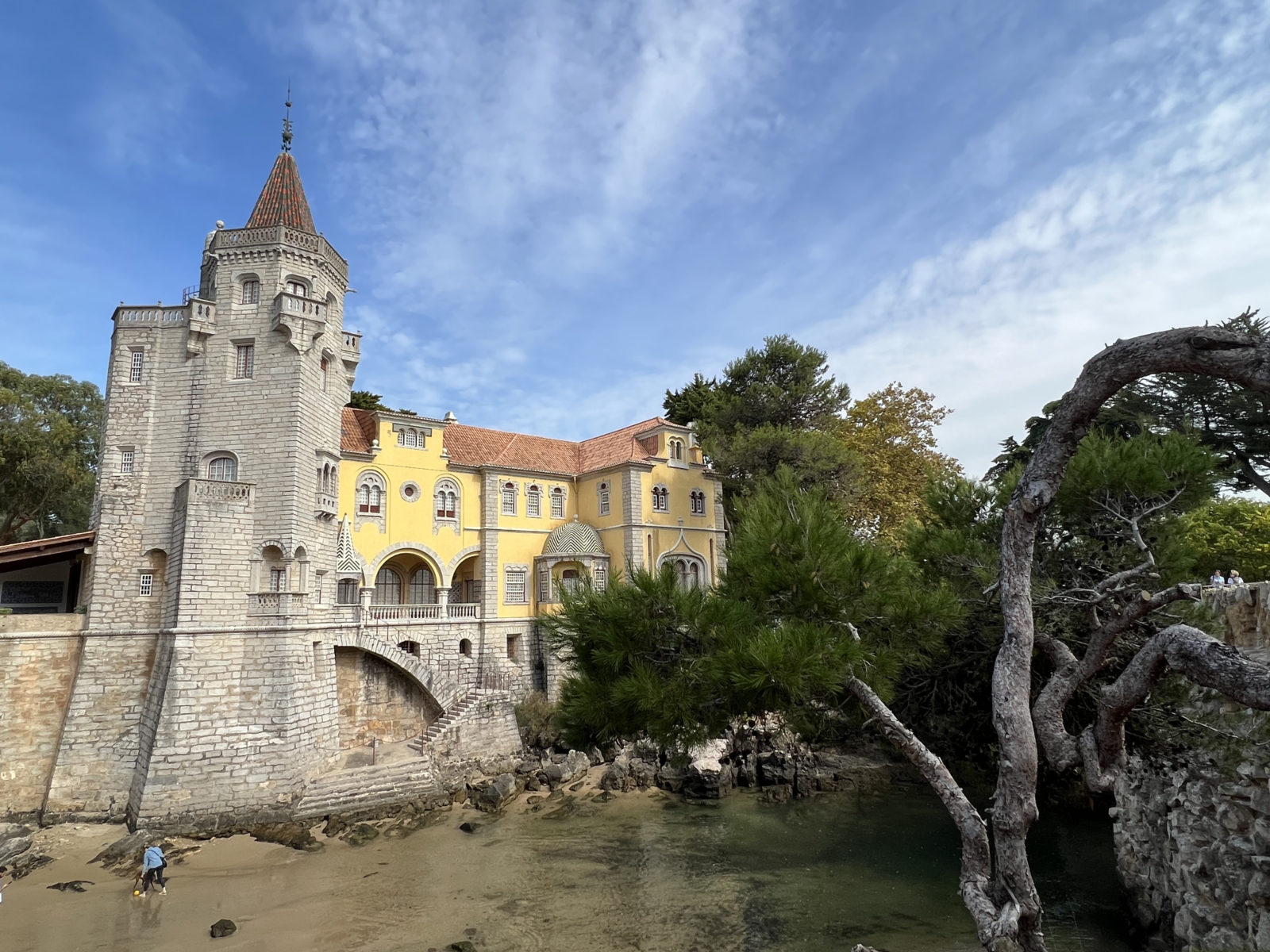
Enjoy the Palácio dos Condes de Castro Guimarães
The Palácio dos Condes de Castro Guimarães, originally known as the Torre de São Sebastião, was built in 1900 as a summer residence by an aristocrat of Irish descent. Installed above a small cove and with a surrounding garden, it has the appearance of a fairytale château – and looks different depending on how high the tide is when you visit. In 1924, the Count of Castro Guimarães bequeathed the residence to the people of Cascais, to constitute a municipal museum and public library. To this day, visitors can go inside and explore.
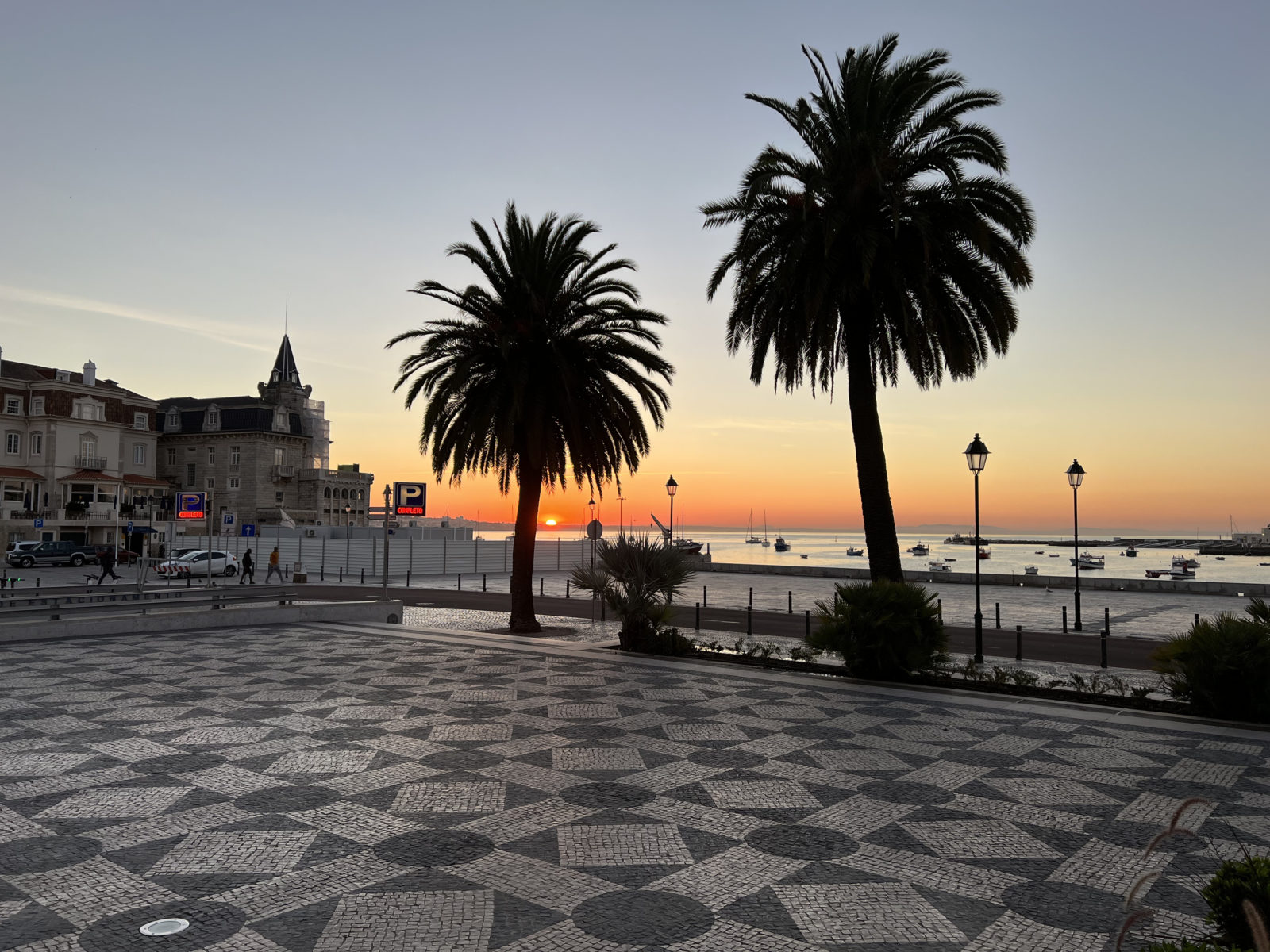
Learn about Cascais history at the King D. Carlos Sea Museum (Museu do Mar)
While it might not be the main industry today, Cascais’ maritime and fishing heritage is evident everywhere in the town, from anchor-shaped sculptures on the pavements to the colourful fishing boats bobbing in the harbour. At the Museu do Mar, you can revisit the Cascais of old and look at fossils, artefacts rescued from shipwrecks in the surrounding waters and much more.
Cycle to Praia do Guincho
One of the best cycling trips in the area is to Praia do Guincho (Guincho beach). Famously blustery, this corner of the peninsula is a favourite among windsurfers and surfers alike, so if that takes your fancy you can hire equipment from surf shops on the beach. The gentle route to Guincho along the designated cycle lane is about 8km long and takes around 45 minutes at a leisurely pace, offering scenic views of the sea just a stone’s throw away. Bikes can be hired cheaply (around 15 euros for the day) from inside Cascais train station or from other rental firms in the town itself.
Look into the Boca do Inferno – ‘Mouth of Hell‘
The Atlantic can get famously rough in these parts, and in some places it’s eaten away at the cliffs significantly enough to become a tourist attraction. Boca do Inferno, which featured in the British short film A Cave Near Lisbon (1896) directed by Henry Short, is one such place. Just a brief walk or cycle from Cascais town centre along the coastal cycle path (see above), it’s worth stopping for an ice cream or a drink to descend the stairs and see the massive chasms eroded by smashing waves over the millennia. Top tip: go at high tide or in stormy weather for the most dramatic version!
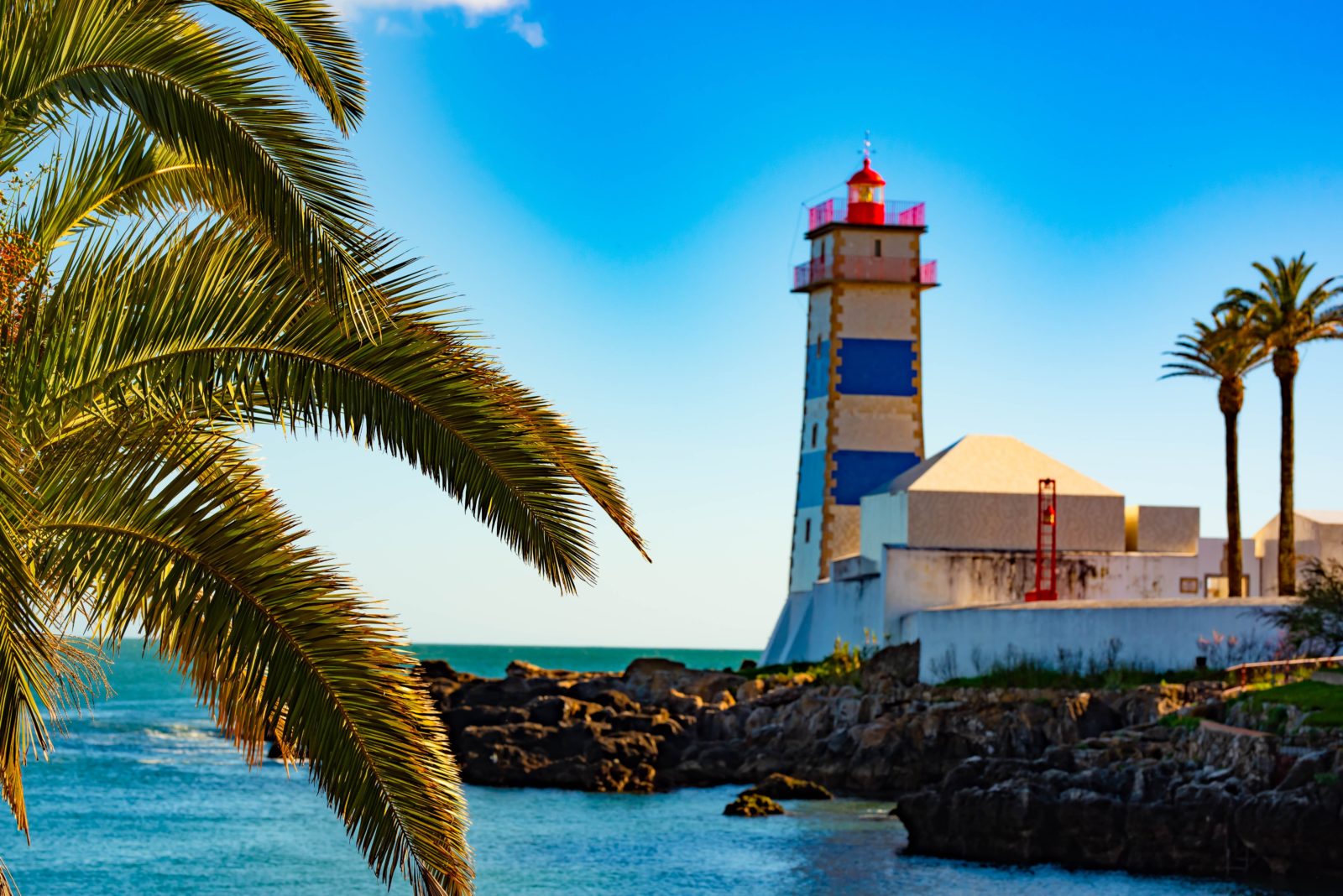
Take a tour of the Santa Marta Lighthouse Museum
The Santa Marta Lighthouse, restored and converted into a museum in 2006, is an easy stroll downtown from the centre of Cascais. The lighthouse, which first began operations in 1868, played an important part in the defence of Cascais. Sometimes, free tours are given around other iconic lighthouses in the area that have lit the Portuguese coast for centuries.
Déjà Lu Bookshop (Livraria Déjà Lu)
Meaning ‘already read’, this second-hand bookshop is a charming place to browse, offers a selection in multiple languages – and is right within the walls of the FIPP Congress venue! What’s more, 100 per cent of proceeds go to the Associação Portuguesa de Portadores de Trissomia 21 (The Portuguese Down Syndrome Association), which supports youngsters with the condition to live independently and get access to vocational training and work opportunities.
And if you can’t wait … Here’s our recommended reading list ?
If you’re a bit of a bookworm like me, then here are some books to learn more about Portugal and get you in the mood for your Cascais trip.
- The Book of Disquiet by Fernando Pessoa (1982) – strange, intense and hard to describe, this fragmentary book was pieced together and published almost 50 years after Pessoa’s death, and is considered the masterpiece of one of Portugal’s most famous writers.
- New Portuguese Letters by Maria Isabel Barreno, Maria Teresa Horta and Maria Velho da Costa (1972) – banned at the time of its publication for being ‘pornographic and offensive to public morals’, the authors of this collection of letters and writings – who came to be known as ‘the three Marias’ – were also arrested and subjected to a trial. Denouncing the horrors of Portuguese colonialism and the mistreatment of women under the dictatorship, the censorship of the book and the heavy-handed treatment of its authors led to an international outcry that contributed to the eventual downfall of the regime a few years later.
- Pereira Maintains by Antonio Tabucchi (1994) – this slim work of fiction by long-time Lisbon resident, the Italian author Antonio Tabucchi, follows the character of Pereira, the culture editor of a minor Lisbon newspaper, as it slowly dawns on him that his country is sliding into dictatorship.
- Night Train to Lisbon by Pascal Mercier (2004) – this philosophical novel by Swiss writer Pascal Mercier, also made into a film, also explores the life of its characters under the Portuguese dictatorship, and reads like a thriller.

